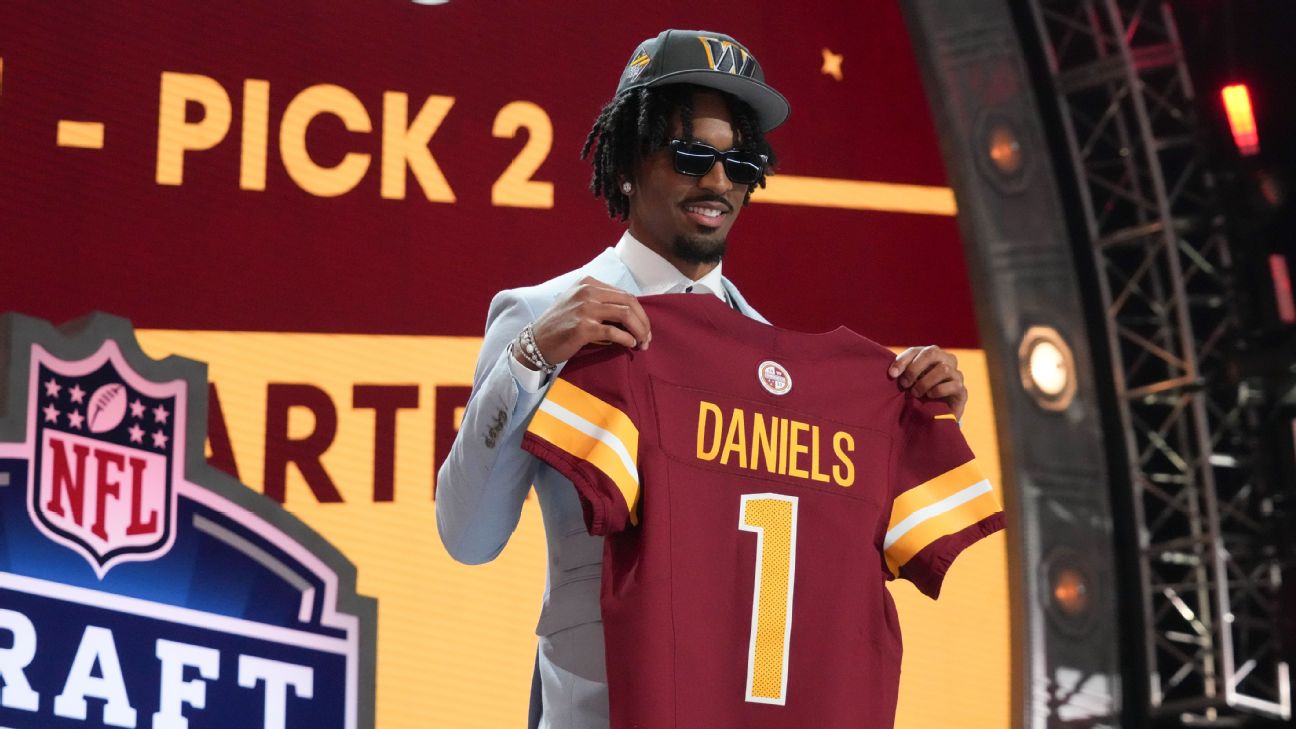Doc Talk: What parents need to know about broken bones

FRESNO, Calif. (KFSN) -- In our weekly feature, Doc Talk, pediatric emergency doctor, Clint Pollack from Valley Children's Hospital explains what parents can do if their little one suffers a bone fracture.
Fracture is the medical term for a broken bone.
Dr. Pollack says musculoskeletal injuries are very common in children and account for > 10% of all pediatric Emergency Room visits.
He says children's bones are different from adults.
Dr. Pollack says the periosteum (connective tissue covering) of pediatric bone is much more active and able to heal and remodel better than adult bone.
He says the periosteum is also thicker and stronger in children, which limits fracture displacement and maintains fracture stability in comparison to adult fractures.
Dr. Pollack says the qualities of the pediatric periosteum are responsible for some of the unique fracture patterns seen in children, such as buckle, greenstick, and plastic deformation (or bowing) fractures.
He says children's bones are still actively growing. Injuries to the growth plate (physis) can cause problems with bone development that may permanently affect function.
Dr. Pollack says buckle fractures are caused by a compression injury, such as a fall onto an outstretched hand.
He says plastic fractures occur when a bone bends and develops microscopic fractures along the periosteum.
Dr. Pollack says greenstick fractures occur when a bone is bent and develops a fracture of one side which does not extend through the bone.
He says toddler's fractures of the lower shin can occur in young children (< 3 years-old) without significant trauma.
Dr. Pollack says supracondylar fractures are the most common fracture of the elbow and have the risk of injuring the blood vessels and nerves that travel along the elbow. More serious ones require orthopedic surgery.
He says diffuse pain along an entire arm or leg is more consistent with a contusion. Focal pain at only one point may be indicative of a fracture.
Dr. Pollack says treatment for musculoskeletal injuries is R.I.C.E.
[ol][li]Rest, Ice, Elevation, Compression[/li][/ol]
[ol][li]Fractures must be immobilized with a splint or cast, usually for about one month.[/li][/ol]








